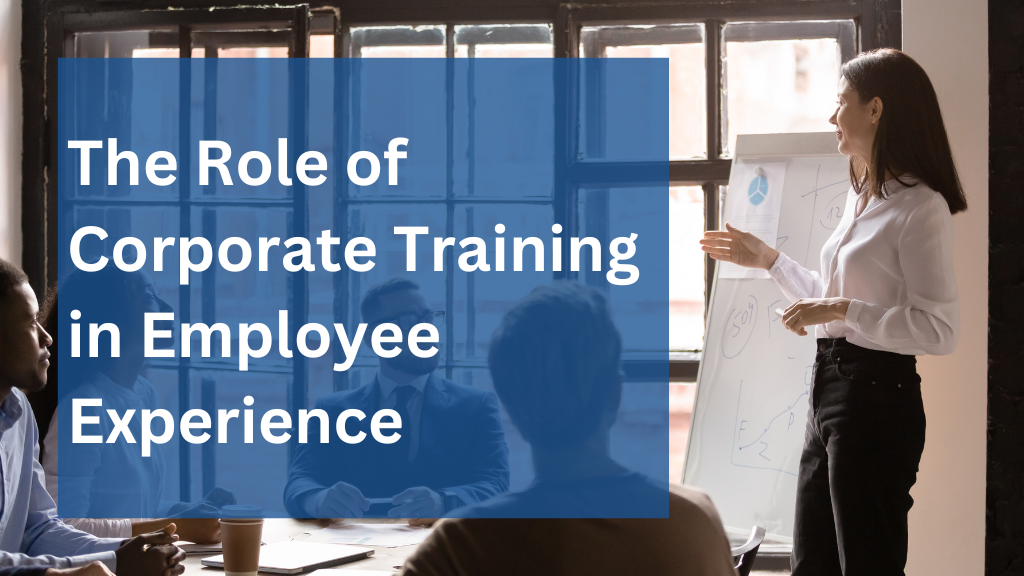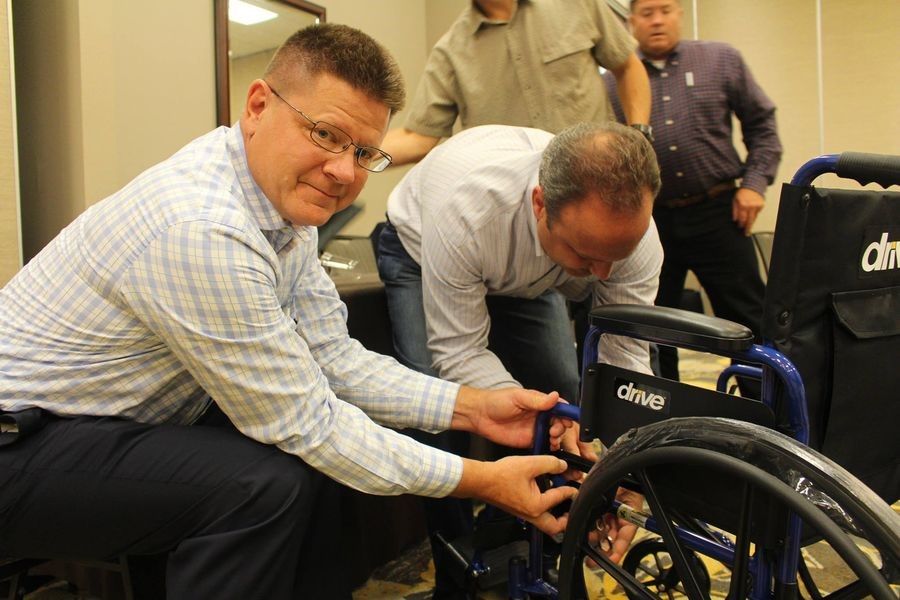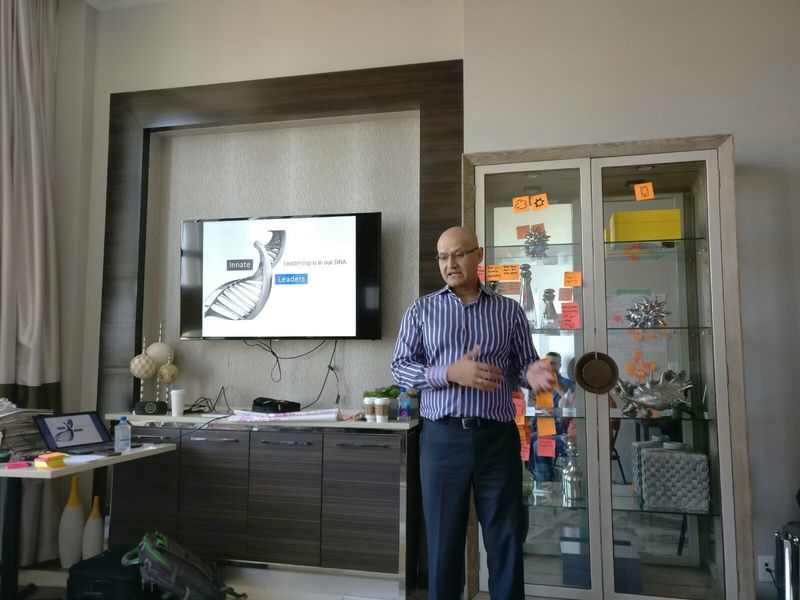How to Convince Your Boss to Try Experiential Learning

It can be tricky to convince your boss to take a chance on a new kind of training. But there are some good reasons why top businesses around the world are investing in experiential learning…
Why Employees Should Get Hands On with their Training
Experiential training, or learning by doing, has always been a great way to pick up new skills. Whether you’re trying to become a better leader, give more constructive feedback, manage your time better, or even just learning how to swim – theoretical learning can only take you so far.
One of the best ways to learn a new skill is to get your hands dirty, and try things for yourself.
And while there are certain professions that require lots of academic knowledge, most business skills can be learned through action. In fact, according the US Bureau of Labor Statistics, employees are more likely to engage with training that is interactive, and remember skills they learn if they’re given the chance to practice them.
So how to do you convince your boss to take a chance on experiential learning? Listen to this 20-minute podcast episode of “Outback Team Building & Training Tips” to find out.
Four Ways to Convince Your Boss to Try Experiential Learning
As facilitator Kerry Ward mentions in the podcast, you can convince a skeptic to try experiential learning with a few simple arguments:
1. Research shows experiences can be more effective than lectures
According to the National Training Laboratories, employees retain 75% of what they do, compared to just 5% of what they hear. Not only that, but most attention spans only last for about 10 minutes, according to the research firm Olympus. When your training is interactive, you’ll have a much greater chance of keeping everyone interested.
2. Experiences are a great way to engage different types of learners
Researchers have identified four primary types of learners: visual, auditory, reading/writing, and kinesthetic. While a traditional training session might appeal to visual and auditory learners, experiential training can help engage the other members of your team.
3. Fortune 500 companies must be doing something right
If you look at the Fortune 500 list of top organizations, almost all of them invest in experiential learning or experience-based team building. It makes sense then, that some of our top customers include companies like General Electric, McKesson, AT&T, Pfizer, Coca-Cola, and Microsoft.
4. You’re “learning by doing” already
People hear the phrase, “experiential learning,” and they think it sounds like something radical or experimental. But the truth is, experiential learning is something that happens at every organization. The US Bureau of Labor Statistics says the average employee learns about 70% of their job through experience. Anytime you have “on the job” training, employees are learning by doing. Why not take the same approach with some of your more traditional training as well?
With experiential learning, you can develop your team’s skills in areas like communication, leadership, and time management. For more information, check out some of our most popular experiential learning programs.




Comments